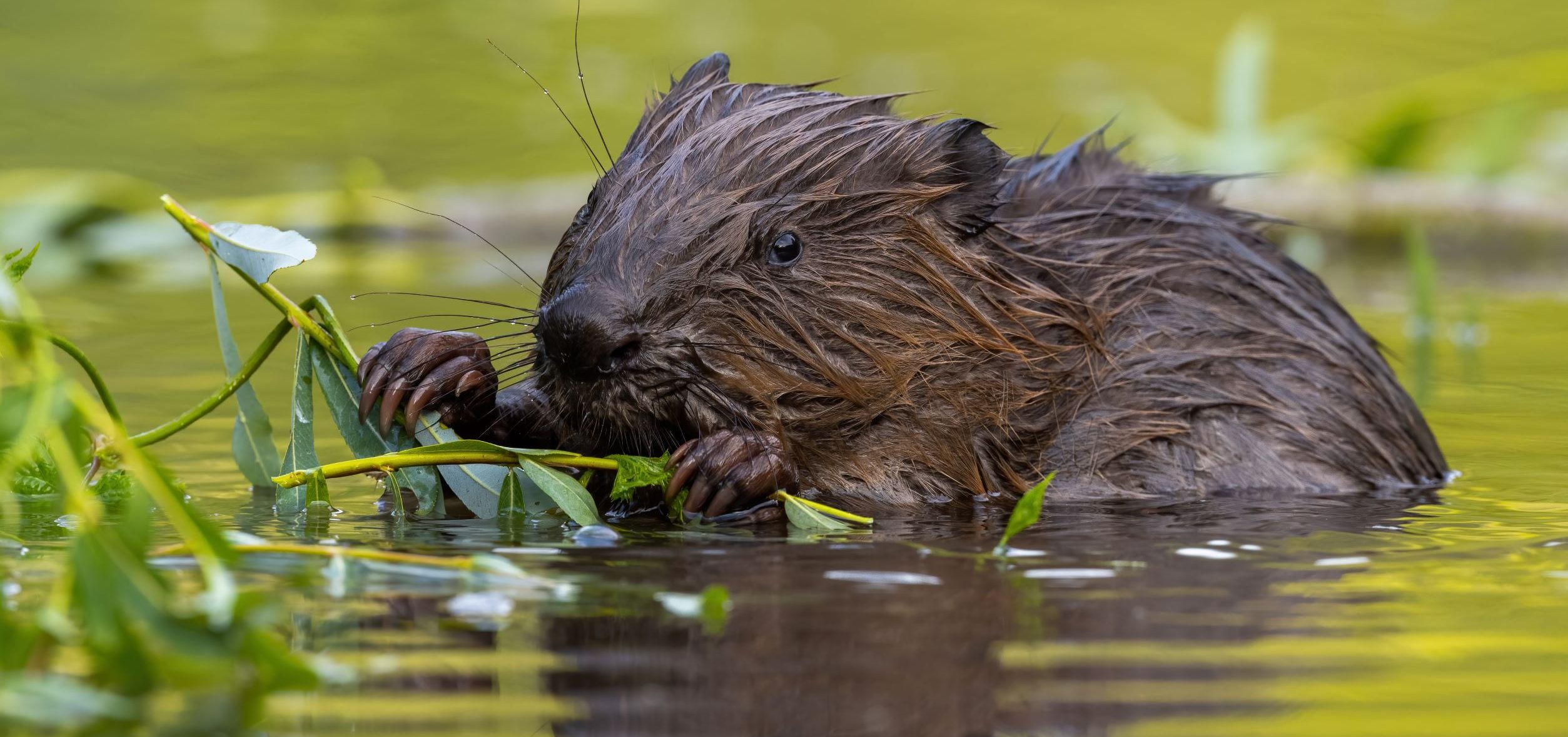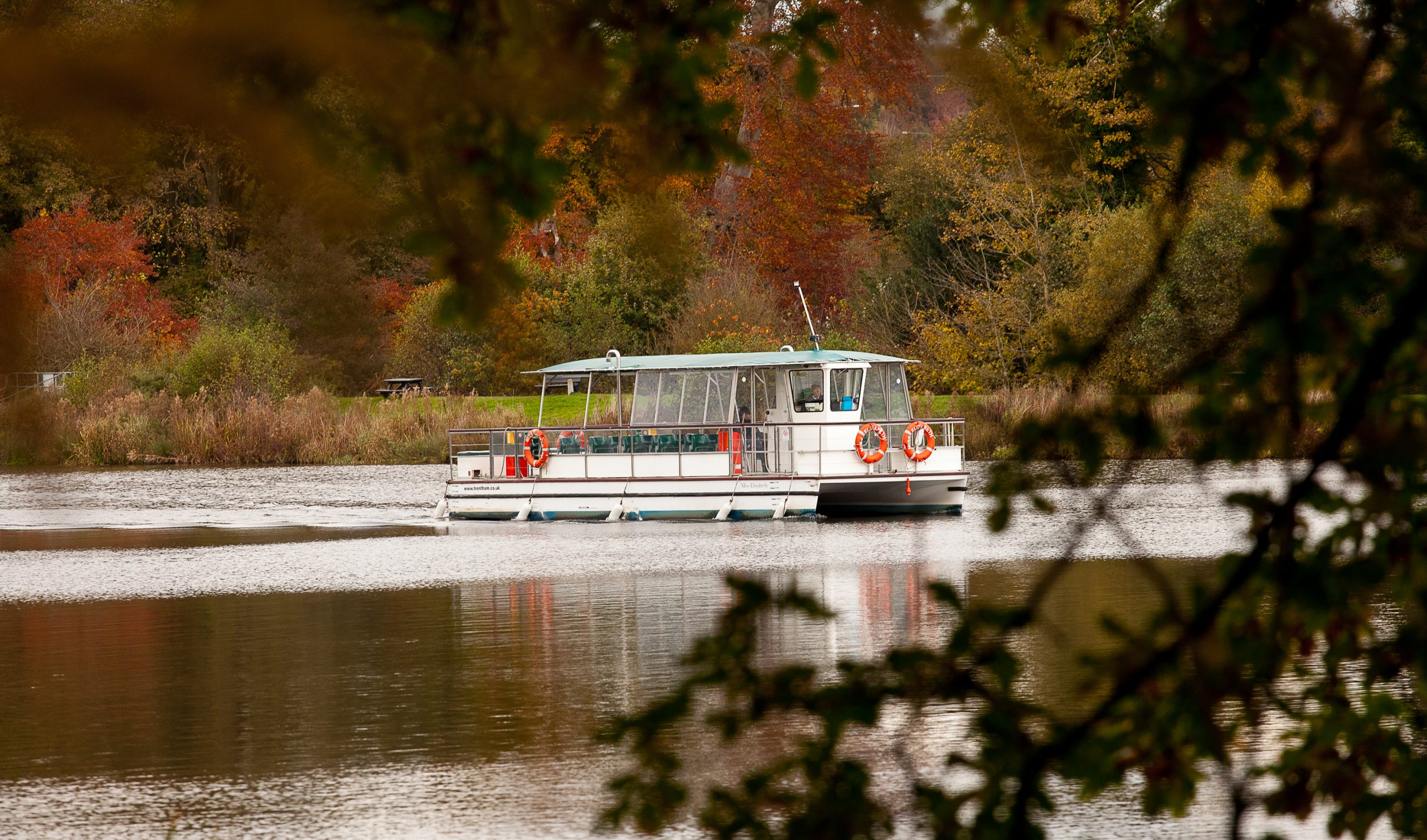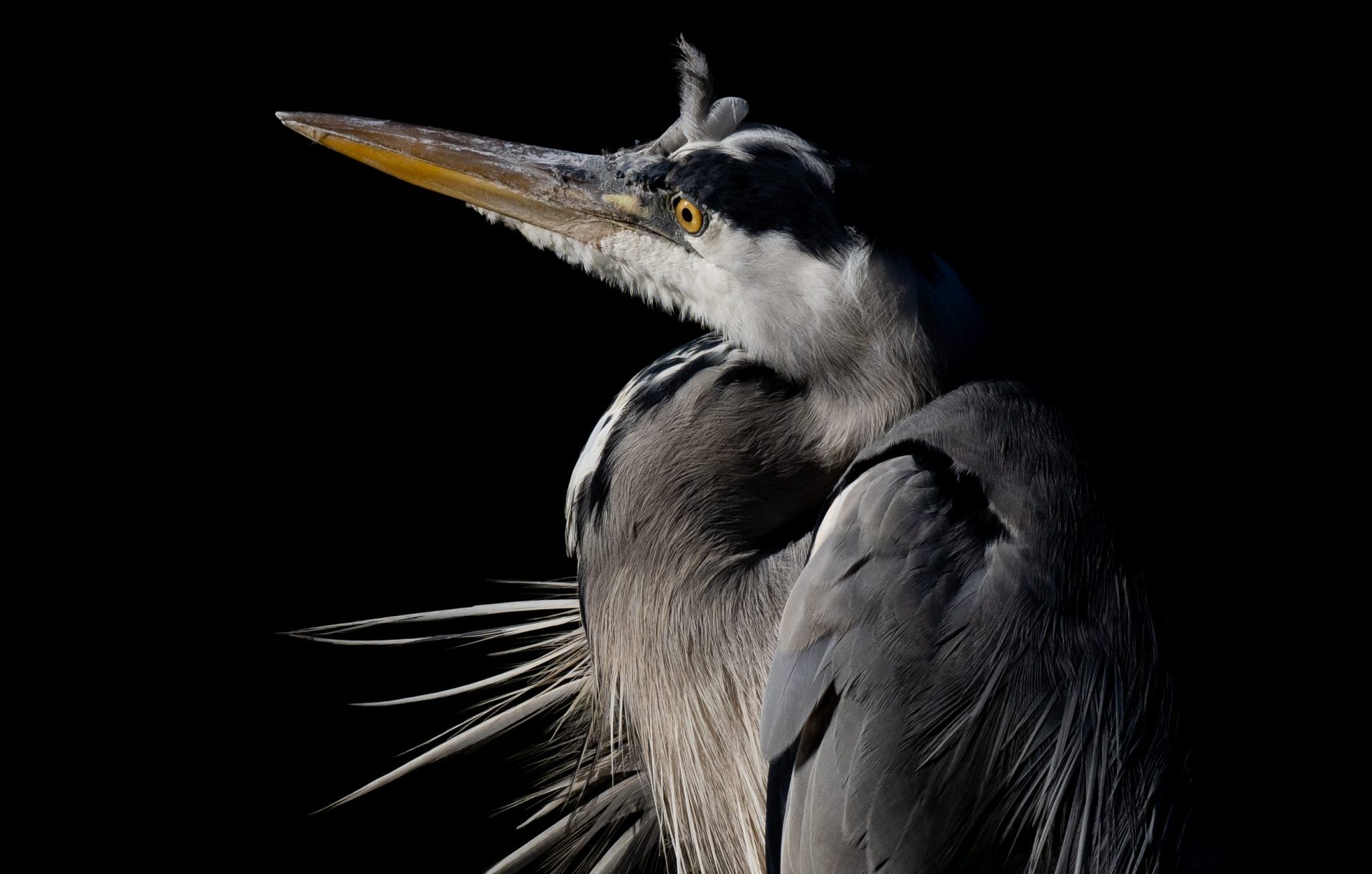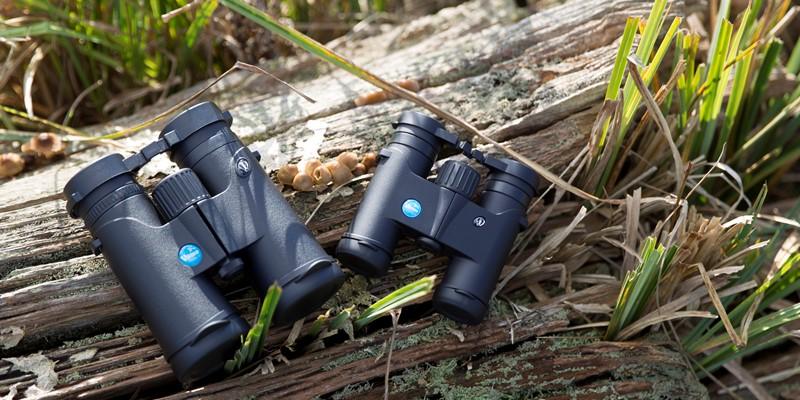Birdlife
The estate has a broad range of habitats popular with birds. The River Trent, brooks, water meadows, lake and islands boast an impressive range of over 50 species feeding through the year. A heronry, which at the last count, there were 42 breeding pairs! Resident kingfishers and dippers are popular with photographers. Along with native waterfowl and gulls we have a family of Black Swans who have settled and breed at Trentham along with summer migrants nesting or feeding.
If you’re feeding ducks and geese, please avoid feeding bread as this lacks the nutrients they need to survive. Bird feed can be purchased at the News Kiosk opposite the Gardens Entrance. You can discover over 40 species of birds when you walk through the woodlands where goldcrests, tree creepers and long-tailed tits flit amongst the 250 year old trees. Listen for the drumming of Lesser Spotted Woodpeckers or the summer migrant rarities such as Pied & Spotted Flycatchers, Redstarts, Wood Warblers and Tree Pipits. On our heathland listen to the calls of Yellow Hammer, Skylark and Bullfinch. Buzzards, Kestrel, Sparrowhawks, Barn and Tawny Owls all hunt all year round on the estate with the occasional Red Kite visiting. With such a well-stocked lake of fish you never know what an eagle eyed visitor might spot with all the raptor reintroduction programmes across the UK.
The garden is also host to all our favourite bird species including robins and Mistle and Song Thrush who fill the gardens with their song at dawn and dusk.





